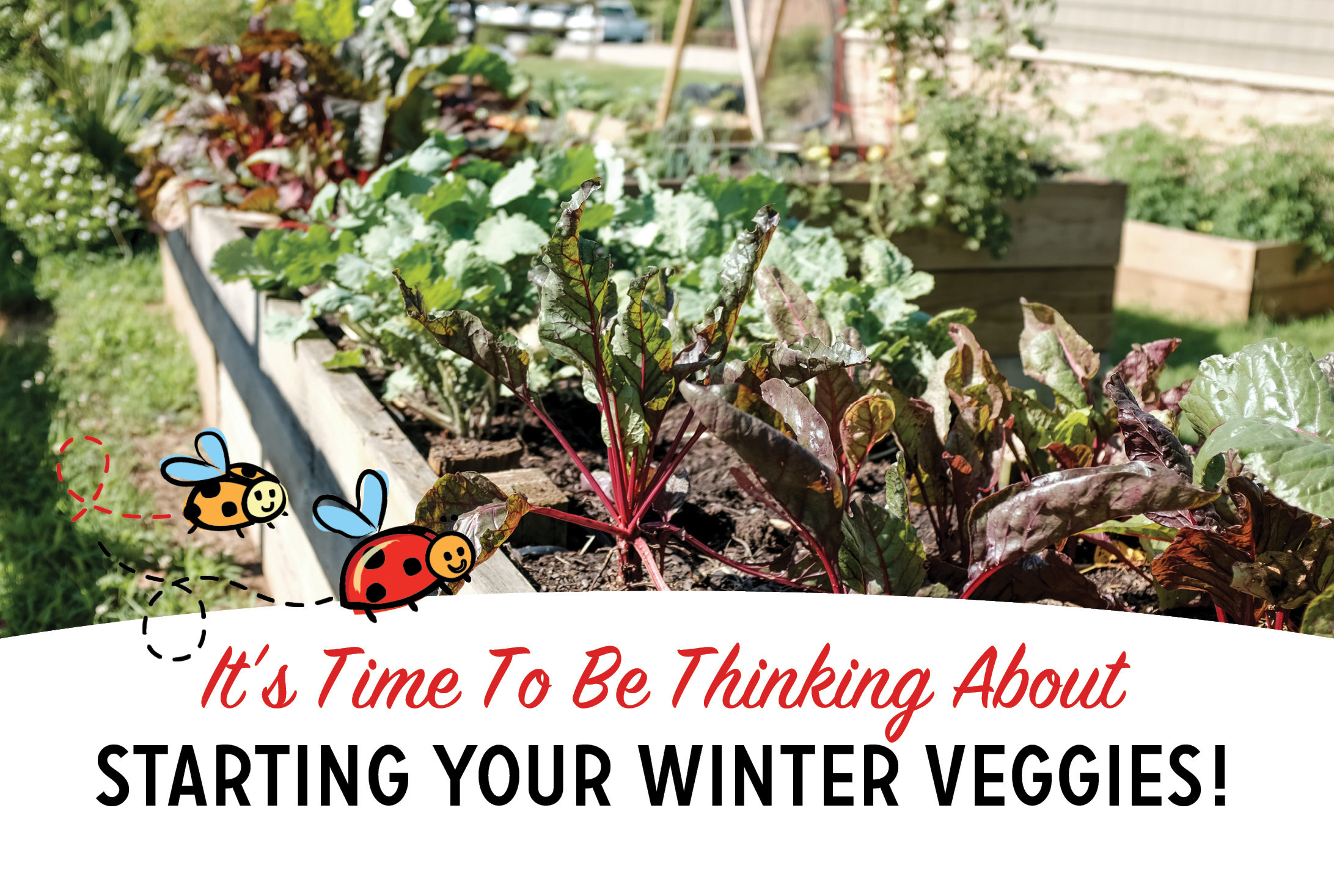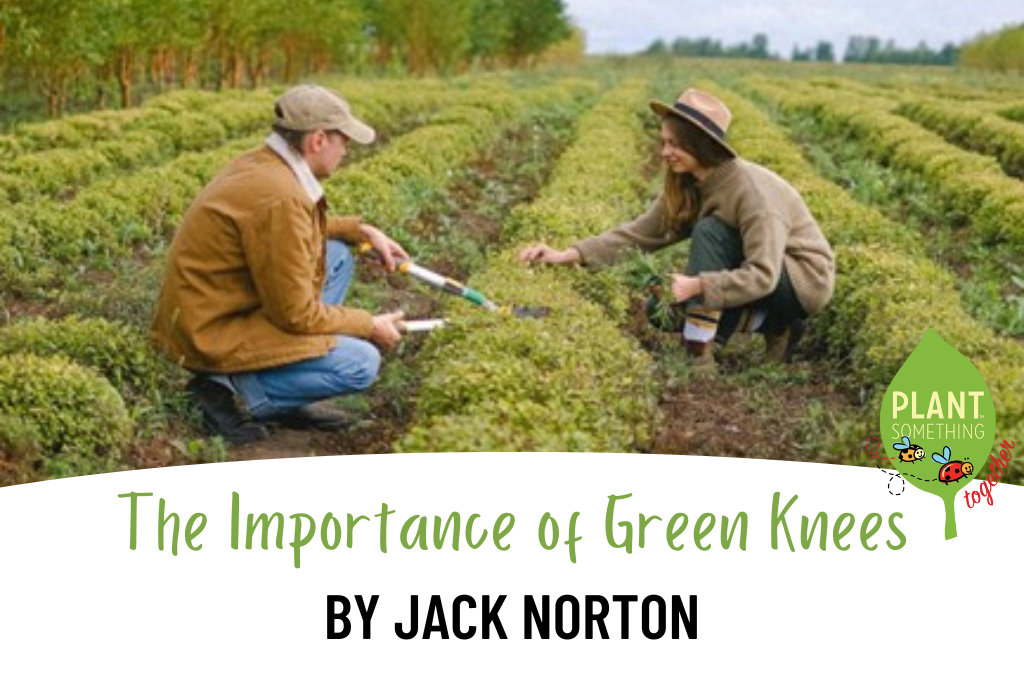How strange to be planning for winter harvests while awaiting the bounty of summer, but the reality is that now is the time to start planning what, where and when to grow.
Definition of Winter Vegetable Gardening:
When we talk about growing vegetables in winter, we don’t mean planting in winter, we mean planting in the summer, and eating in the fall, winter or early spring.
Two types of winter gardening:
Summer planting, fall and winter harvest.
Such crops as kale, chard, carrots, beets, parsnips, lettuce, arugula, leeks and salad greens can be enjoyed all summer with harvests continuing into winter. Root veggies are happy to stay in the ground until early next spring, and such crops as kale, corn salad (Mache) and Brussels sprouts are even sweeter after having been kissed by frost. Brussels sprouts need to be seeded very early, preferably in May to be fully ready by fall.
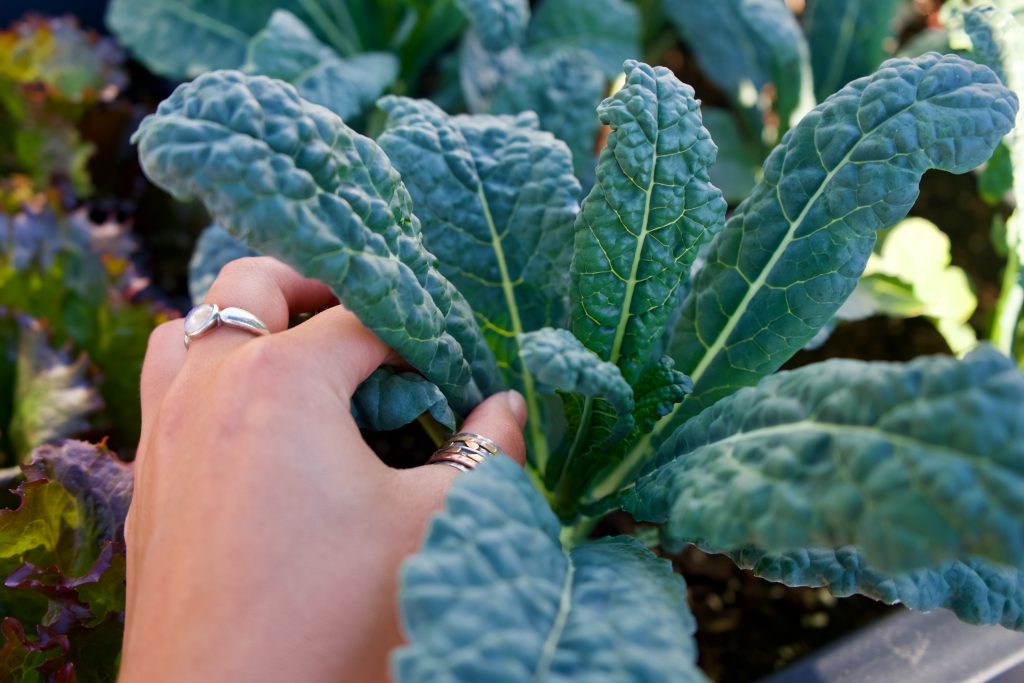
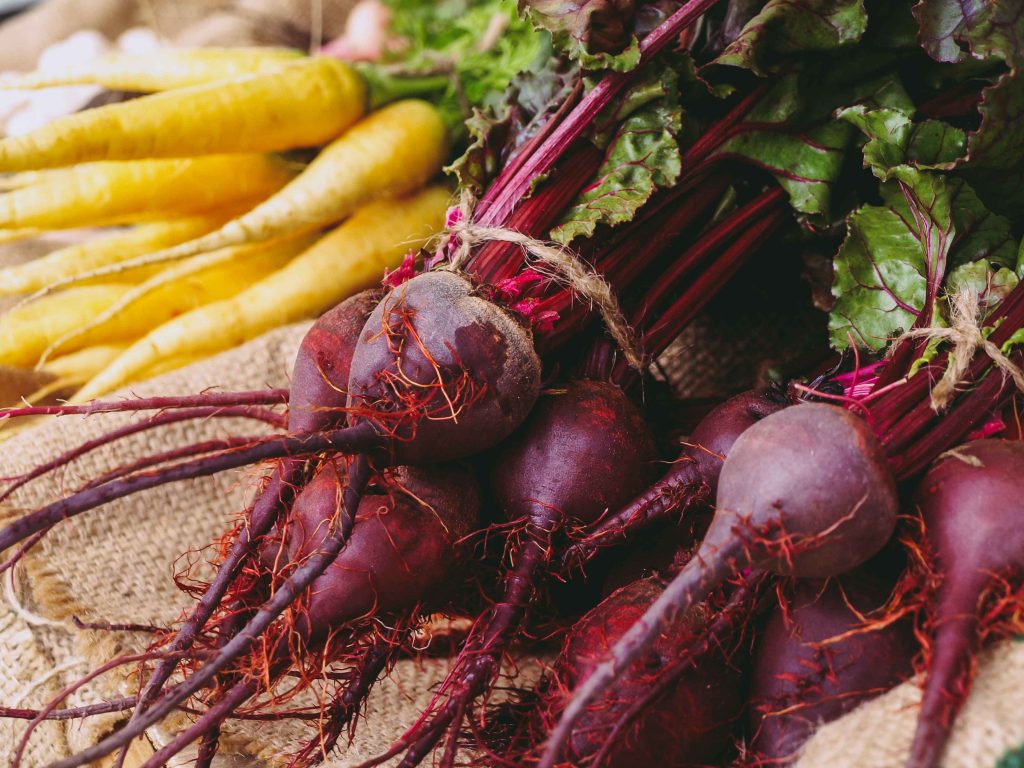
Summer planting, spring harvest.
A very popular overwintered crop is Purple Sprouting Broccoli. It’s a true biennial, which needs winter cold to finish its life cycle in the spring. It doesn’t form a large central head like regular broccoli, but the almost endless supply of small purple nuggets are more than enough to give a healthy and delicious treat both cooked and raw. Its delicious side shoots are actually an attempt to make flowers and set seed, but as long as we keep harvesting we can prolong the life of the plant until March or April, after which it is time to let it properly go to flower and complete its life. Don’t be in a hurry to pull the plants once this occurs, as the flowers of brassicas are a delight to the beneficial insects looking for pollen in late spring. I leave my overwintered parsley (another biennial) to flower at this time as well for the umbel-shaped flowers are such a bonus to the tiny yet indispensable insects that help to keep our gardens free of aphids and other pests.

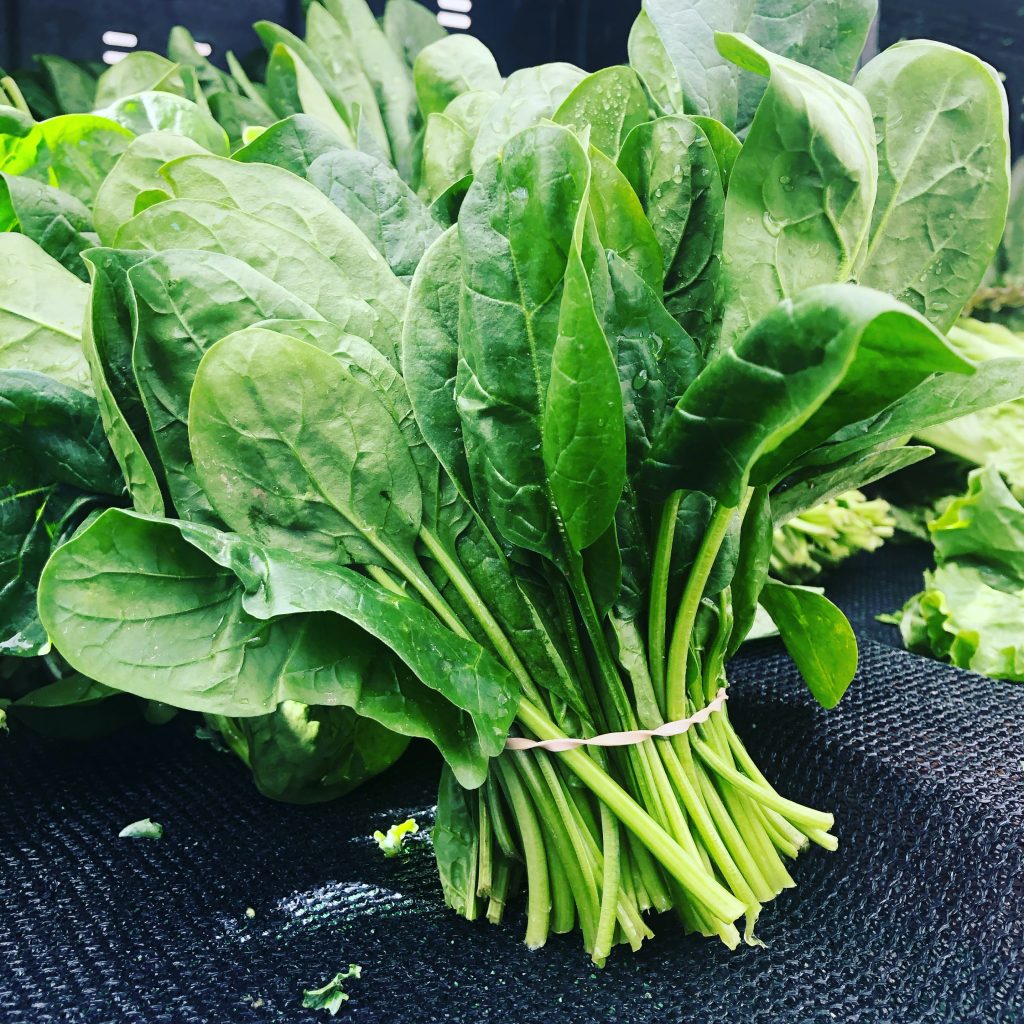
Spinach is really in a class of its own. Spinach bolts to seed with long daylight hours or with extreme heat. That is why it’s so hard to grow a long crop of spinach in the spring, as it will always bolt by May or June, no matter how healthy it is. Having tried many times, my best suggestion is to seed it in September in small pots in partial shade, then transplant into the greenhouse or coldframe to slowly grow all winter long, and wait for the explosion of gorgeous green growth in the spring. I’ll never grow spinach any other way now. It’s also possible to grow it in the ground, as it’s tough and hardy (at least in my zone near Victoria) but may get a bit tattered in winter rain and wind. However, it will still provide perfect greens starting about March.
Are there any pests to look out for?
Unfortunately, there are serious pests that can frustrate even the most dedicated gardener; mainly the Carrot Rust Fly and Imported Cabbageworm. Prevent attack with Protek Net, a very fine mesh netting that excludes these critters. Slugs can be a problem in wet winters, but they are easily controlled.
Starting your winter crops in summer gives them time to become full-sized plants by Halloween, giving them the strength to withstand the challenges of winter and reward you with the best vegetables you have ever tasted! Winter veggie starts are available at nurseries in early August, but if you prefer to grow from seed, then summertime is the time to get started. For detailed information on all aspects of growing vegetables, I highly recommend Backyard Bounty by Linda Gilkeson.
Our website at Russellnursery.com is also a fine resource.
Harvesting all year is a luxury we on the west coast are fortunate to have, so let’s get growing!
Written by Faye Ford from Russell Nursery.
Looking for a garden centre near you? Check out the Plant Something BC garden centre map!

